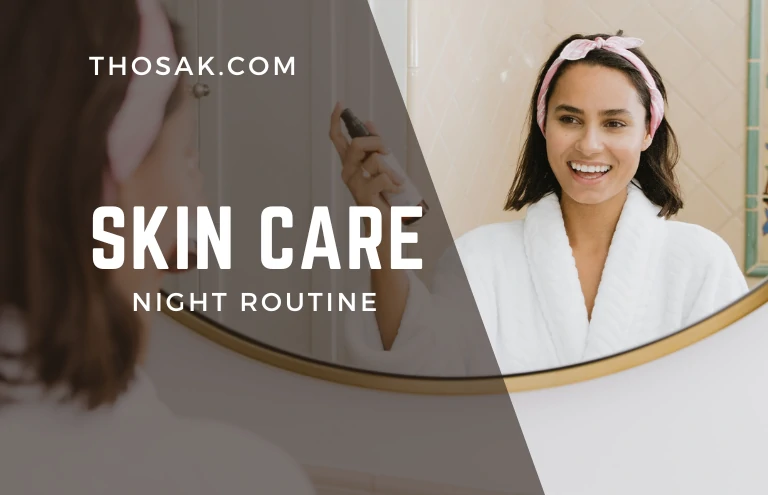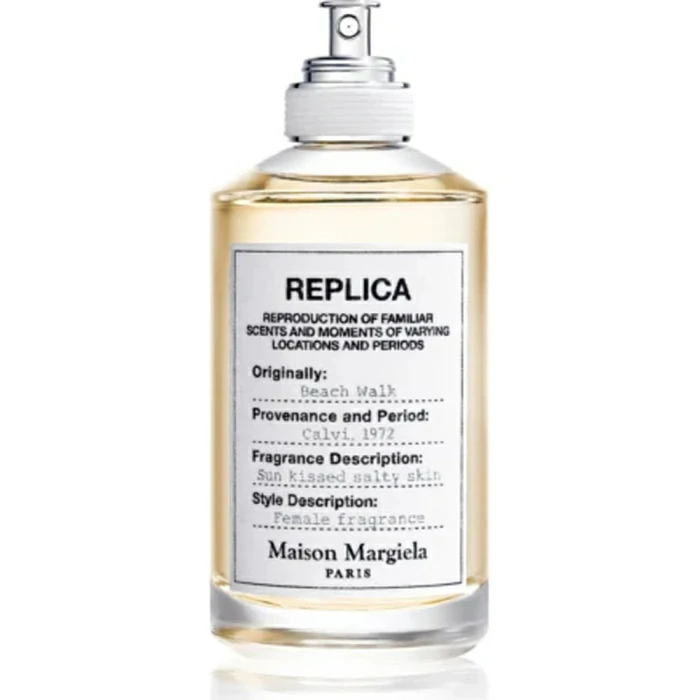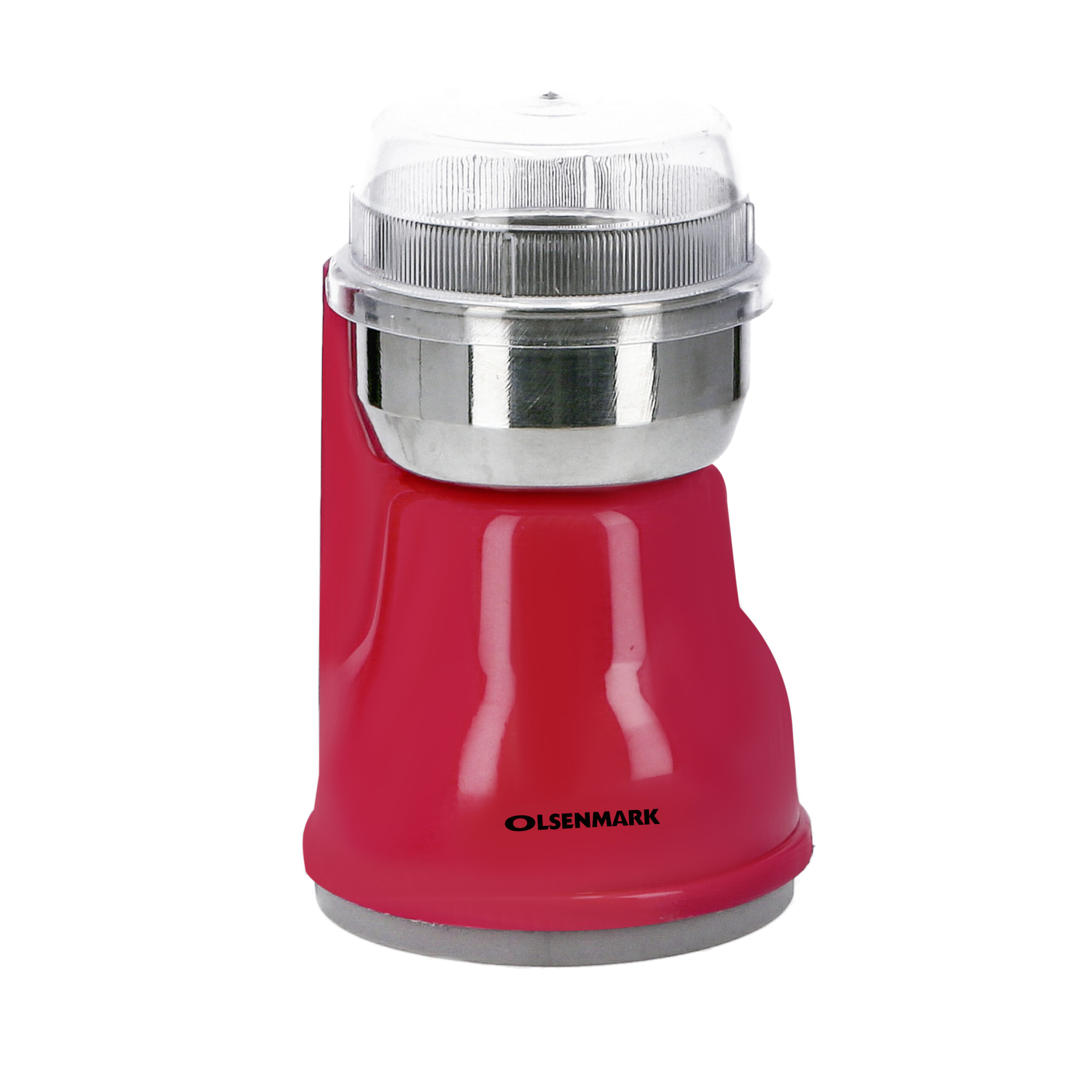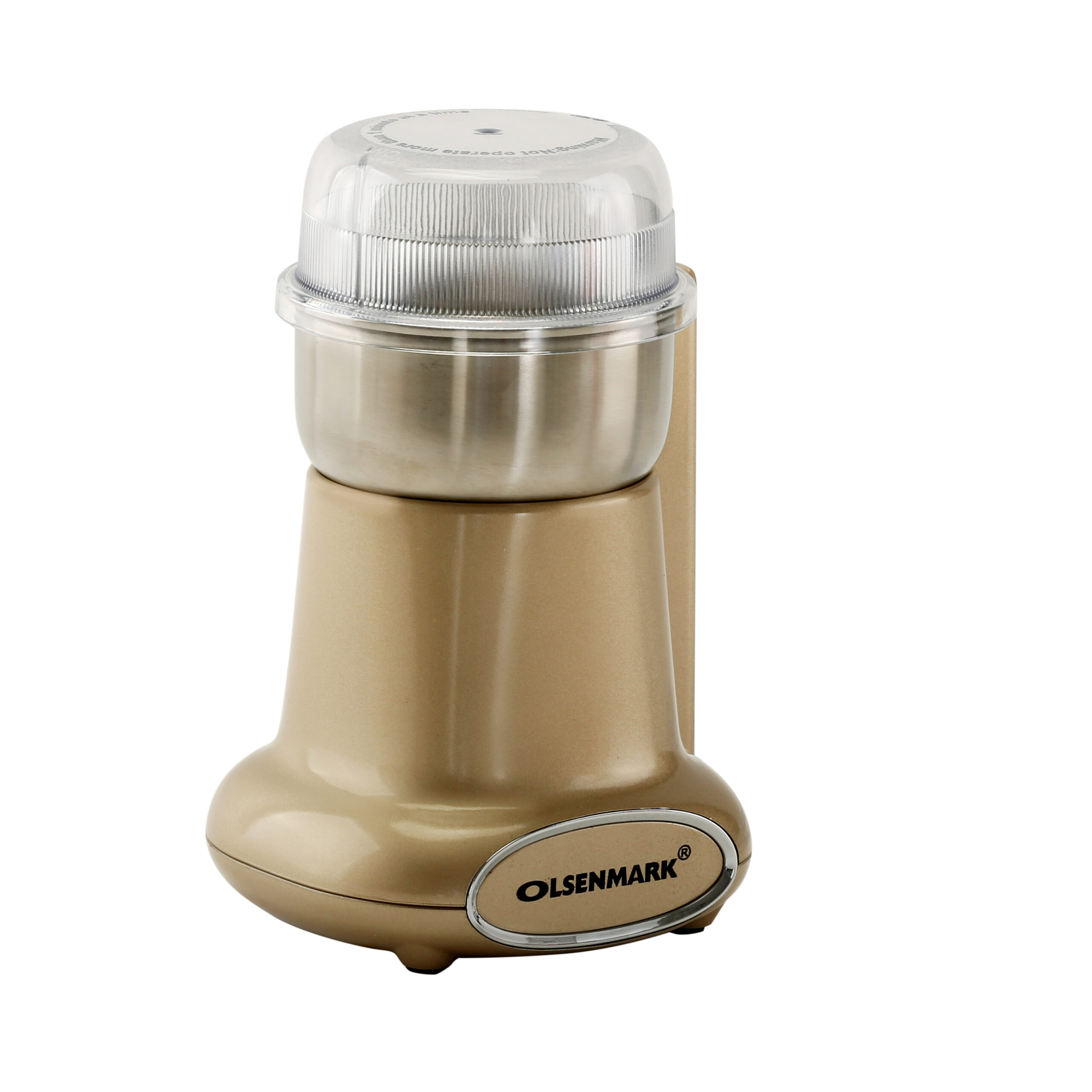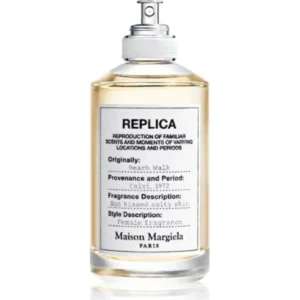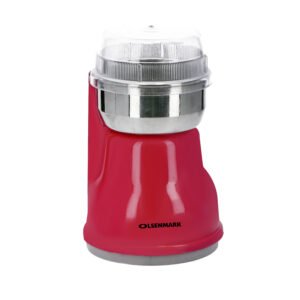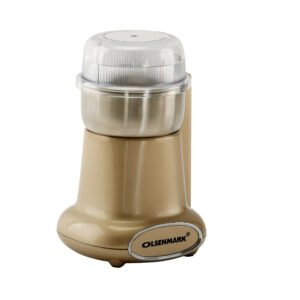Step 1: Remove Makeup
If you’re like most people, you apply makeup during the day. Many makeup brands are waterproof, so basic cleansers will not remove them thoroughly. It’s important to adhere to an evening cleansing routine that rids your face of makeup and clears your pores so cell turnover can occur during the regenerative evening hours.
Each night, wipe off lipstick, gently lift away mascara, and de-smoke your smoky eye with a makeup remover or cleansing wipe.
Step 2: Cleanse
After makeup is removed, a separate cleansing routine is recommended by experts to remove the residue left behind by makeup removing products. Rinse away residue and residual oils and bacteria with a cleansing cream effective at removing makeup, SPF, dust, and residues that deposit during the day. This practice will leave your skin refreshed and prepared to absorb your nighttime skincare products.


Step 3: Exfoliate a Few Times a Week
In the evening after cleansing, some people choose to exfoliate. Whether you choose to exfoliate in the morning or at night is dependent on your individual habits and lifestyle, according to dermatologist Dr. Harold Lancer. If you wear makeup, exfoliating at night helps to lift any remaining makeup particles from the skin and ensure that your products are penetrating properly. Additionally, exfoliating at night can prevent red, irritated skin during the day.
Pour a teaspoon of your exfoliating cleanser in the palm of your wet hand and add a little warm water. Rub your hands together until obtaining a foamy cream. Apply your exfoliant to your face, avoiding contact with your eyes, then massage and rinse your face thoroughly.
Step 4: Apply Essence to Prevent Moisture Loss
You should be using an essence every time you wash your face, especially before bed.
Using illuminating moisturizer is like injecting a first round of moisture into freshly cleansed skin. Additionally, using an essence before bed also helps your skin absorb other products in your nighttime skincare regimen, rendering products like serums more effective. Gently apply the essence through tapping movements with the palm of your hand.


Step 5: Treat With Topical Acne Formulas
It’s tempting to apply, then reapply, when dealing with breakout prone skin, but slathering on topical acne medications numerous times throughout the day won’t clear acne faster. Instead, it will dry skin that’s irritated and red—it may even make acne worse!
Using multiple acne treatments at once (for example, salicylic acid lotion on top of benzoyl peroxide cream, on top of Retin A gel) will also irritate and dry out your skin. Don’t layer acne-fighting products on top of one another. Instead, space applications throughout the day—for example, use a salicylic acid cleanser in the morning and a benzoyl peroxide lotion at night.
Step 6: Apply Eye Cream
The skin around your eyes is the thinnest in your body, and you use the surrounding muscles all day long when blinking and squinting. As a result, it’s important to give your eyes extra care and use your eye cream both morning and night.
In the evening, apply caffeine eye cream as part of your nighttime routine about an hour before you go to bed. This gives the product time to absorb before your eyes contact your pillowcase. Aside from addressing crow’s feet and dark circles, eye creams can also serve to protect your delicate eye area from your other skin care products. Generally, you’d want to apply your eye cream before your serum to protect your eye area against potent active ingredients which could potentially cause skin irritation in this delicate area.


Step 7: Layer a Serum
Combat the effects of the day’s pollution and brighten up your complexion by layering your treatments. Using a natural retinol serum and vitamin C booster at night will help your skin regenerate as you sleep, countering fine lines and imperfections. Like the rest of the body, skin does the bulk of its repairing, restoring, and regenerating as we sleep. This is why most targeted skincare treatments like prescription medications (tretinoin, acne, and rosacea creams), retinol creams, exfoliative treatments (peel pads and masks), and anti-aging serums (infused with peptides, growth factors, and other biologically active ingredients) are better used at night. If you’re using multiple boosters, just remember, the same layering rules apply: go from thin to thicker formula.
Step 8: Moisturize
During sleep, the skin’s transepidermal water loss is increased, meaning moisture is pulled out of the skin while we snooze. Using a peptide cream moisturizer formula with palmitoyl tripeptide-5 and dandelion extract before bed protects your skin from dehydration. To maximize the effects of your moisturizer, dot it on and rub into your skin in gentle circular motions from the center outwards. This daily massage will reduce puffiness, boost circulation, energize your skin, and release muscular tension in your face.
Step 9: Sleep With a Mask
Masks formulated with a night-specific formula typically contain hydrating or remodeling agents such as hyaluronic acid and retinol. Generally, their consistency is thick but non-comedogenic, meaning they let the skin breathe without clogging the pores. An overnight face mask with gluconolactone and alpha-glucan yeast can help remove impurities and build up and reveal a radiant morning complexion.




